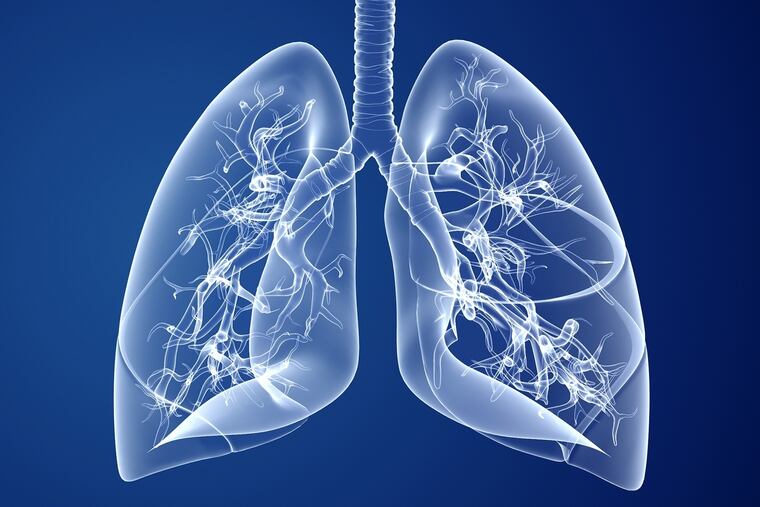These breathing exercises can help if you have COPD | Expert Opinion
The most common form of chronic lung disease is chronic obstructive pulmonary disease, which affects approximately 16 million Americans and includes chronic bronchitis and emphysema.

Question: I have lung disease and get short of breath when I do activities. Are there any breathing exercises that can help?
Answer: Chronic lung disease can cause shortness of breath with everyday activities like walking or climbing stairs.
The most common form of chronic lung disease is chronic obstructive pulmonary disease (COPD), which affects approximately 16 million Americans and includes chronic bronchitis and emphysema. Symptoms can range from mild to severe. COPD causes air to get trapped in the lungs, which leads to a patient feeling as though they cannot breathe. This can be scary and result in the patient decreasing their activities to prevent that feeling.
One of the best things you can do if you have COPD is to begin an exercise program, such as pulmonary rehabilitation. Pulmonary rehab can also help other lung-related diagnoses, such as long COVID, pulmonary fibrosis, interstitial lung disease, and sarcoidosis.
» READ MORE: 3 exercises to strengthen your lungs
Pulmonary rehab has been shown to decrease flare ups, which helps decrease hospitalizations. Gaining cardiovascular and skeletal muscle strength helps patients feel more confident about being active and can reduce anxiety and depression.
Pulmonary rehab includes exercises to improve the heart, lungs, and skeletal muscles involved in posture and breathing. Participants also learn more about nutritional and lifestyle changes that could lessen symptoms.
You can get started on one aspect of pulmonary rehab at home: breathing training. These techniques can help ease symptoms and strengthen the breathing muscles, as well as the primary muscles involved in movement.
Here are a few exercises to try:
Pursed-lip breathing
Breathe in through your nose, imagining you are smelling flowers. Next, blow out through your mouth while you purse your lips, as if you are blowing out a candle. Your exhalation should be twice as long as your inhalation. I instruct my patients to breathe in for 2 seconds and blow out for 4 seconds.
Diaphragmatic breathing
To do diaphragmatic breathing, put your hand on your stomach as you take that deep breath in through your nose. You want to feel your belly expand, pulling the air down deeper into your lungs, allowing for greater air exchange when you blow out. Your shoulders should not move during this exercise.
» READ MORE: Don't waste your breath: 4 techniques for better breathing
Paced breathing
Try paced breathing while going for a walk. As you walk, breathe in for one or two steps. When you exhale, aim to blow out for twice as long. This will help to increase the air exchange in your lungs.
All three of these breathing techniques also have a calming effect if you suddenly feel short of breath or anxious.
Pulmonary rehab programs typically include two or three visits a week for a total of 8 to 12 weeks but may vary depending on insurance eligibility. It is important to remember that improvements made during pulmonary rehab will only last as long as you continue to remain active and keep up with your home exercise program.
Stephen Biehl is a respiratory therapist and exercise physiologist, and supervisor of the Pulmonary Function Lab and Pulmonary Rehabilitation at the Temple Lung Center at Temple University Hospital.